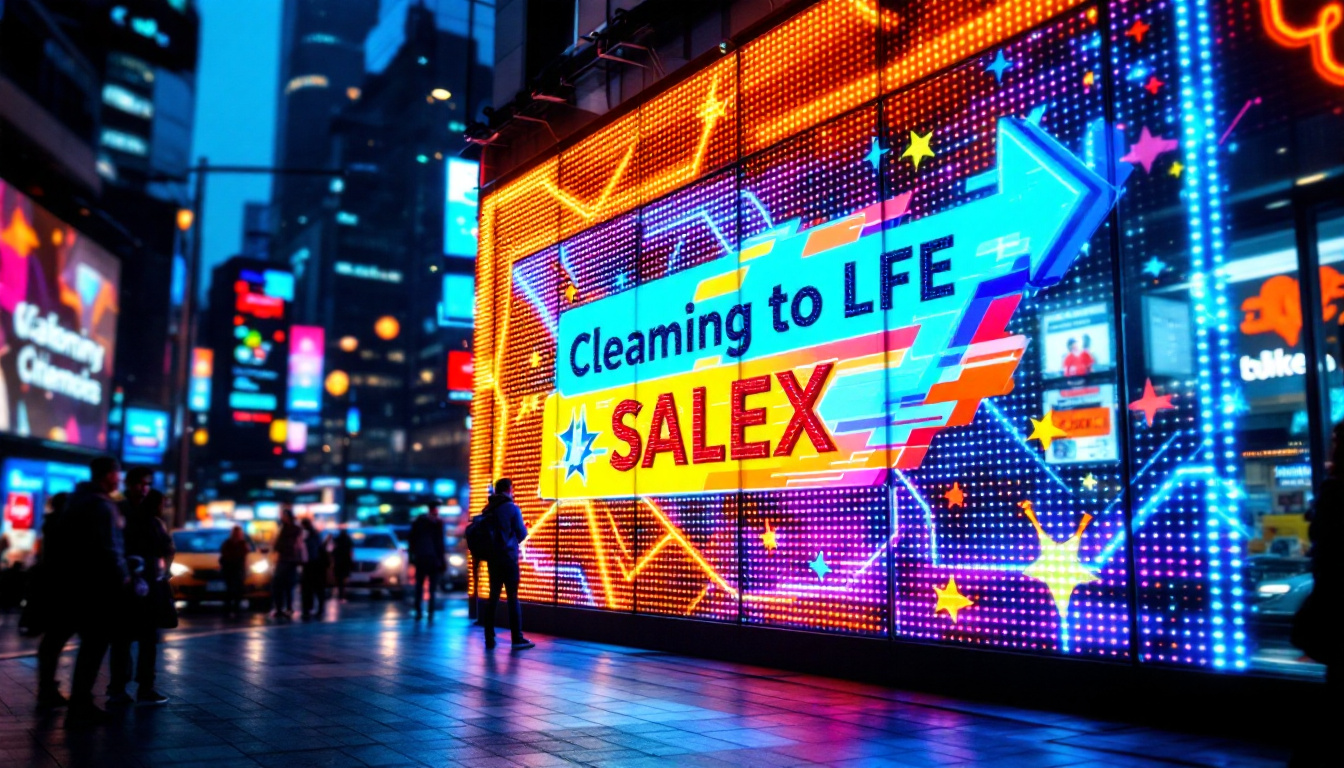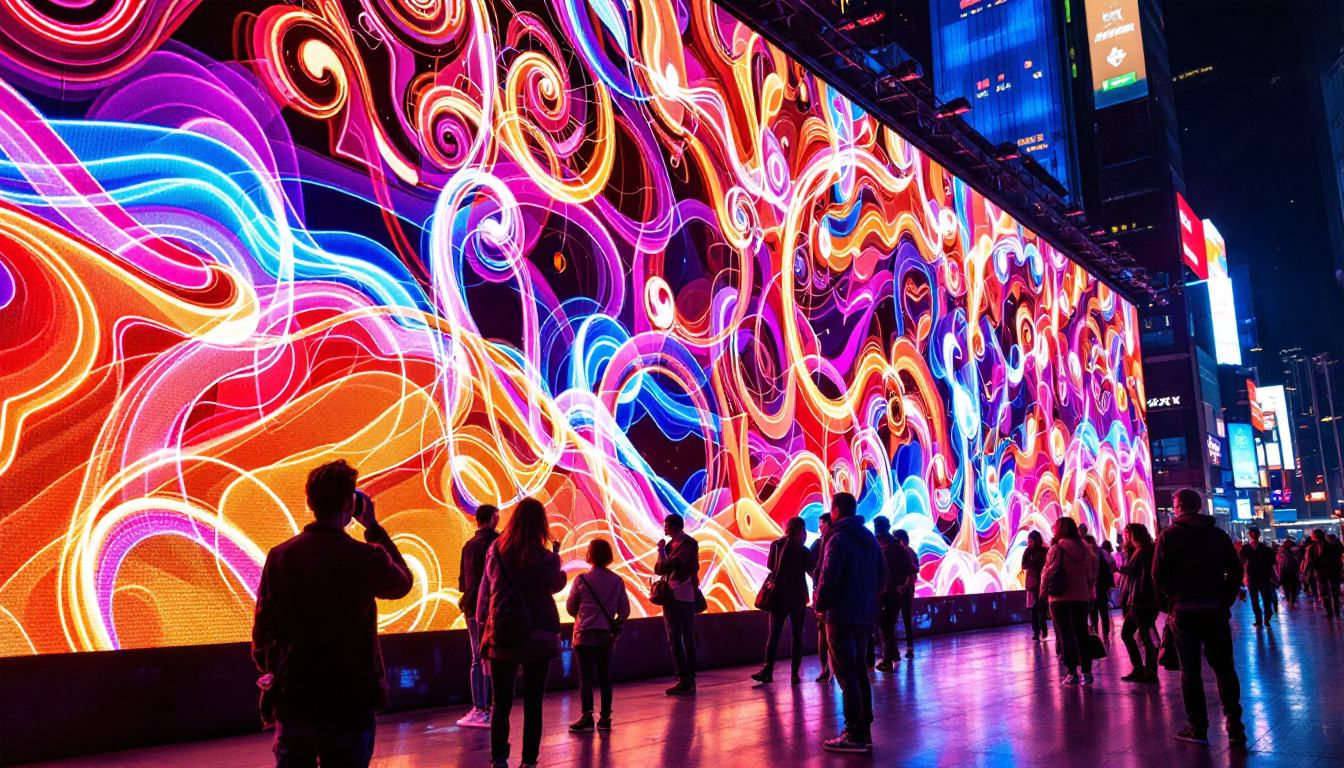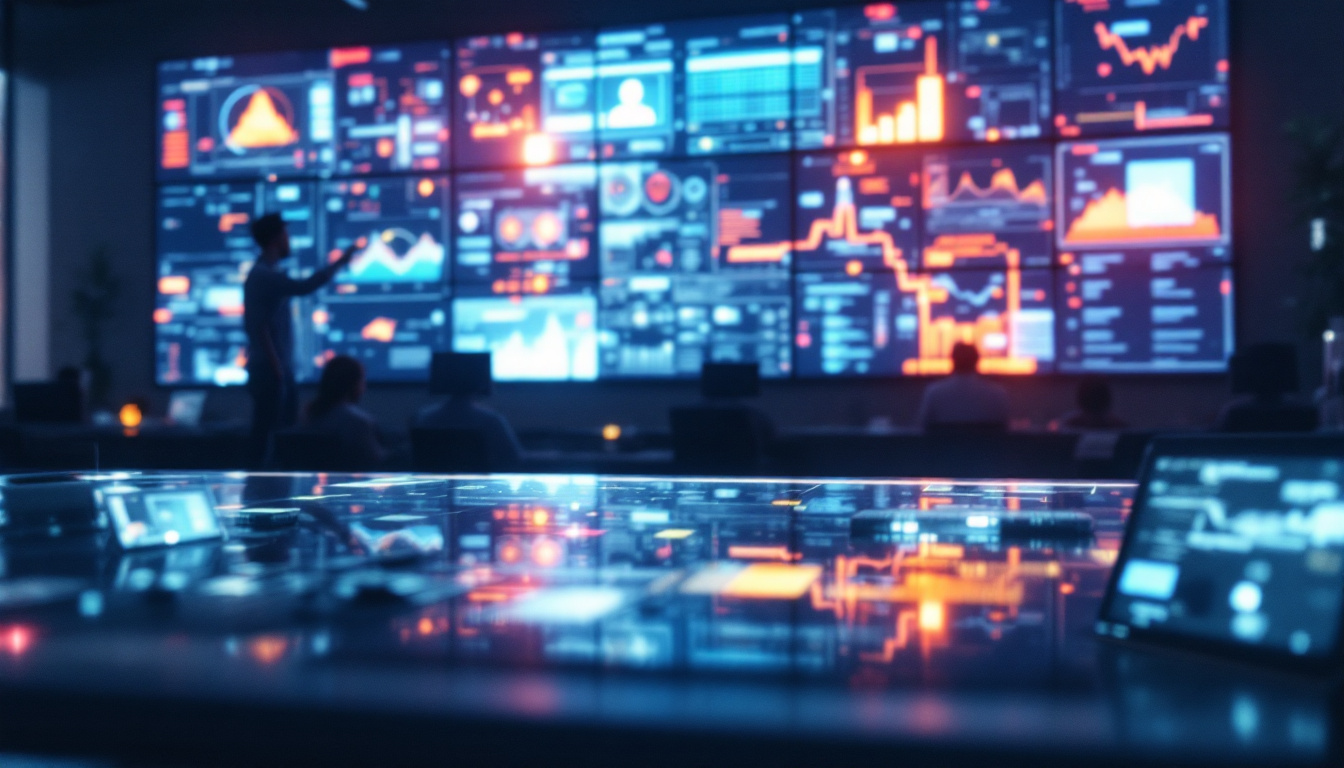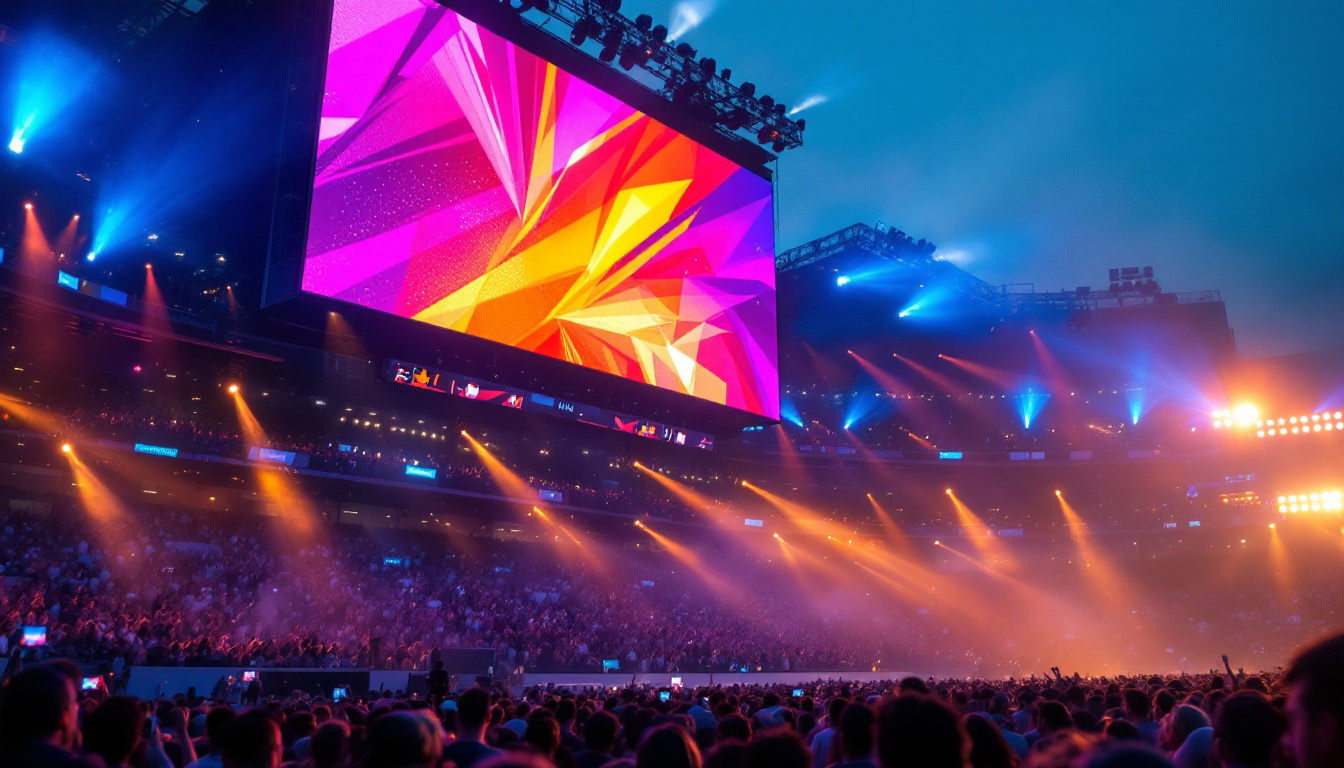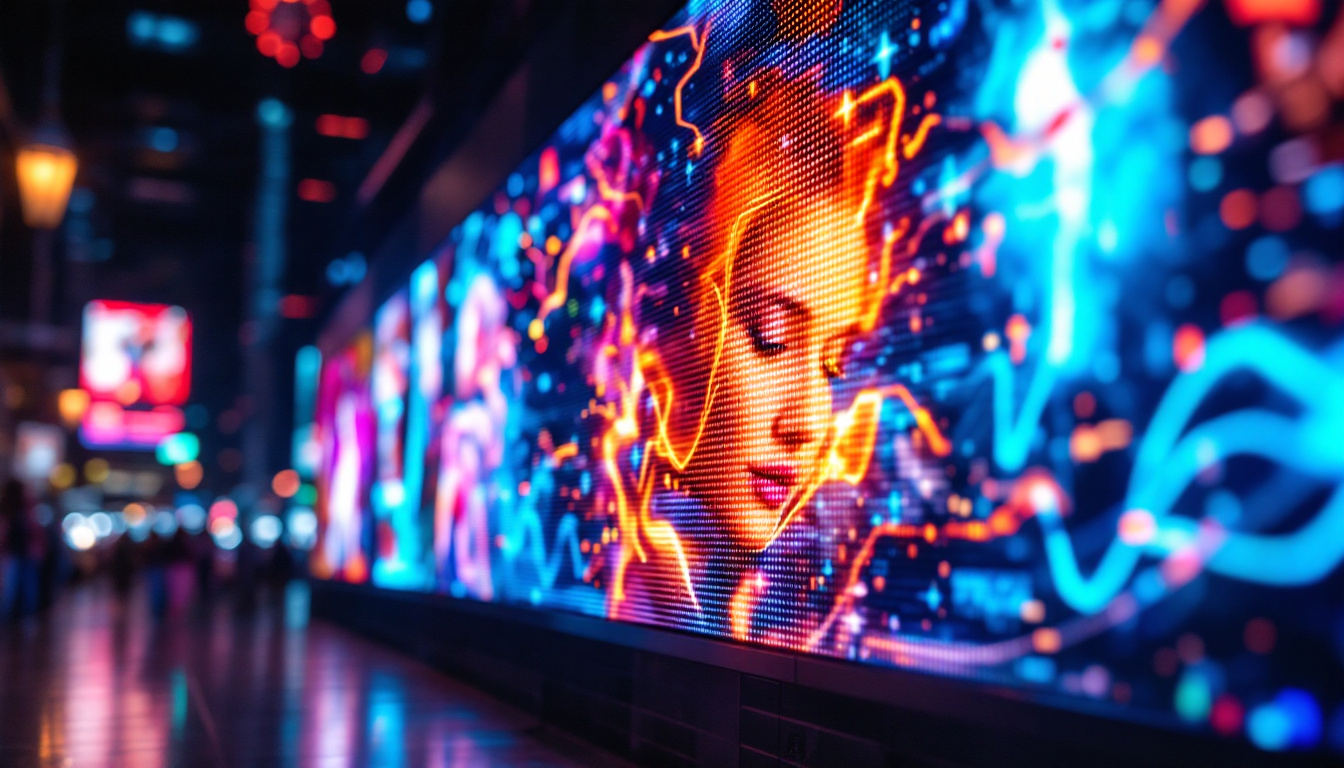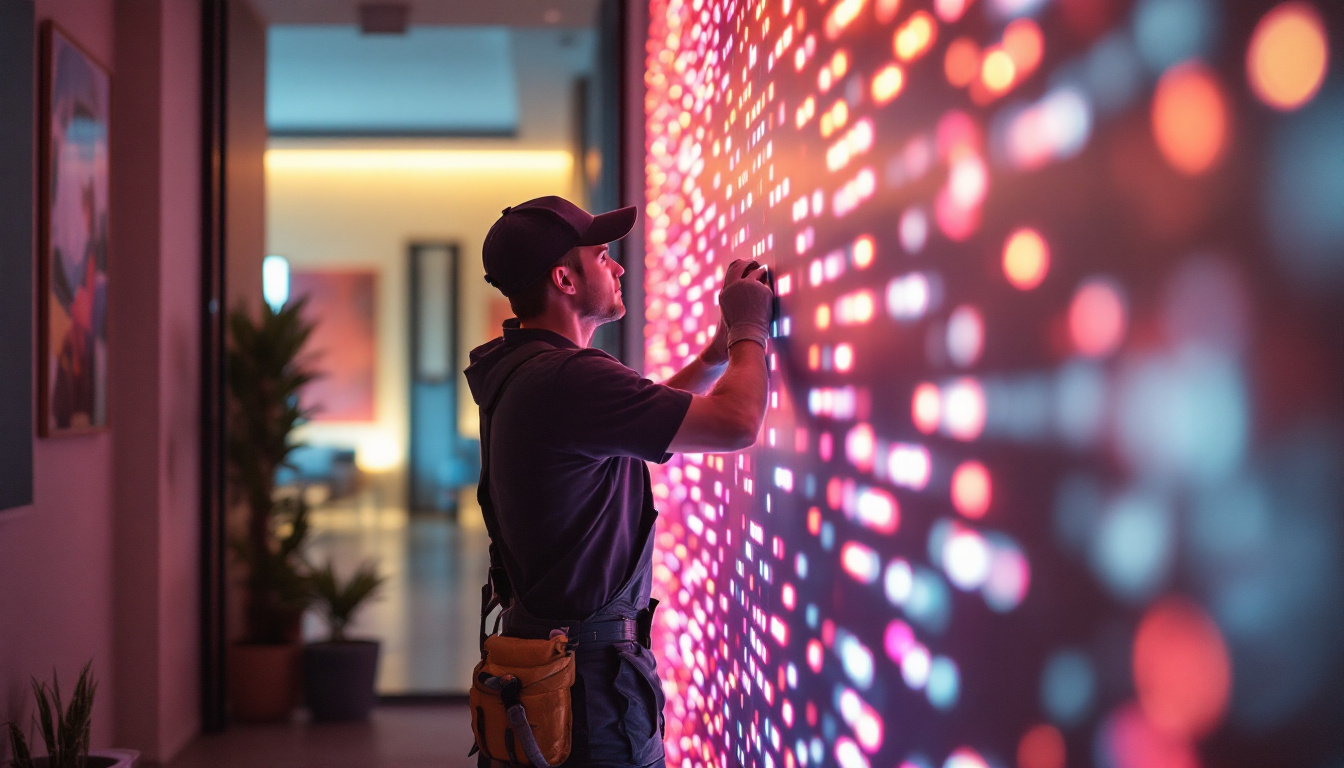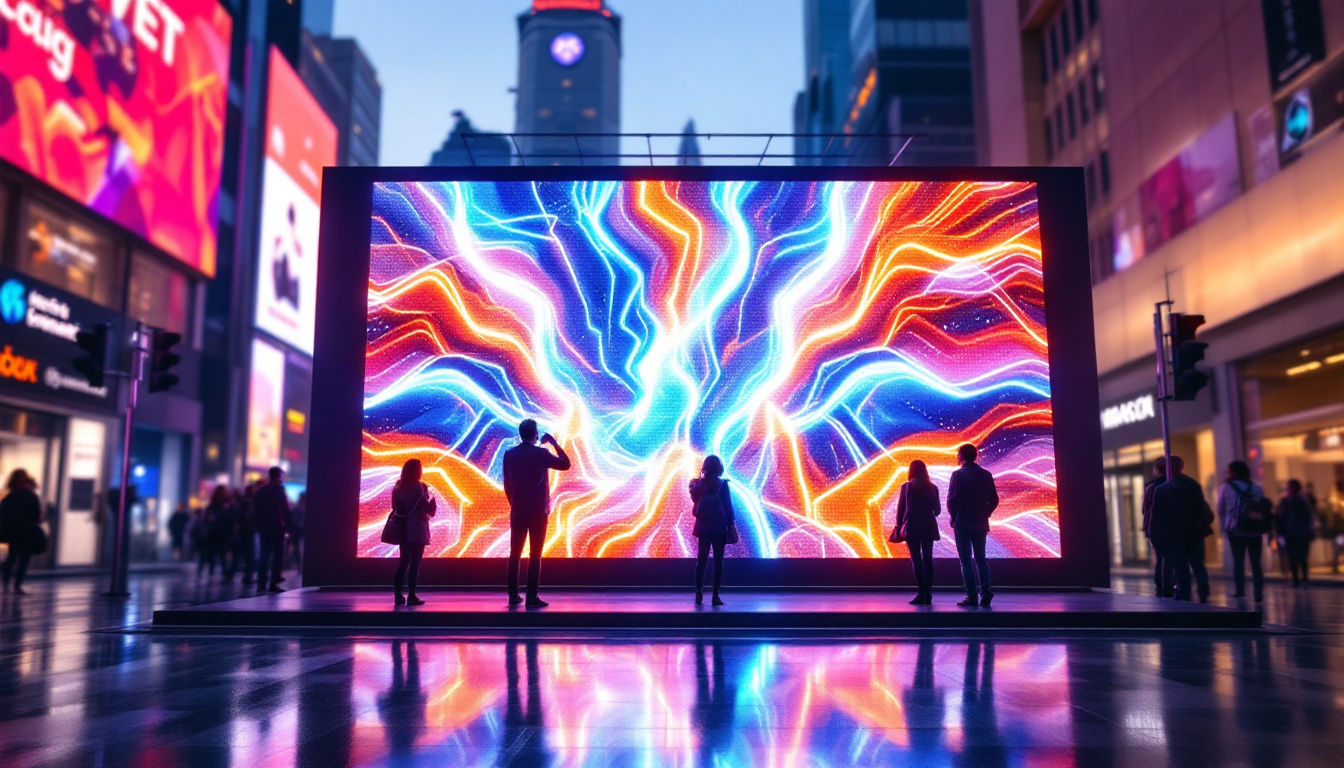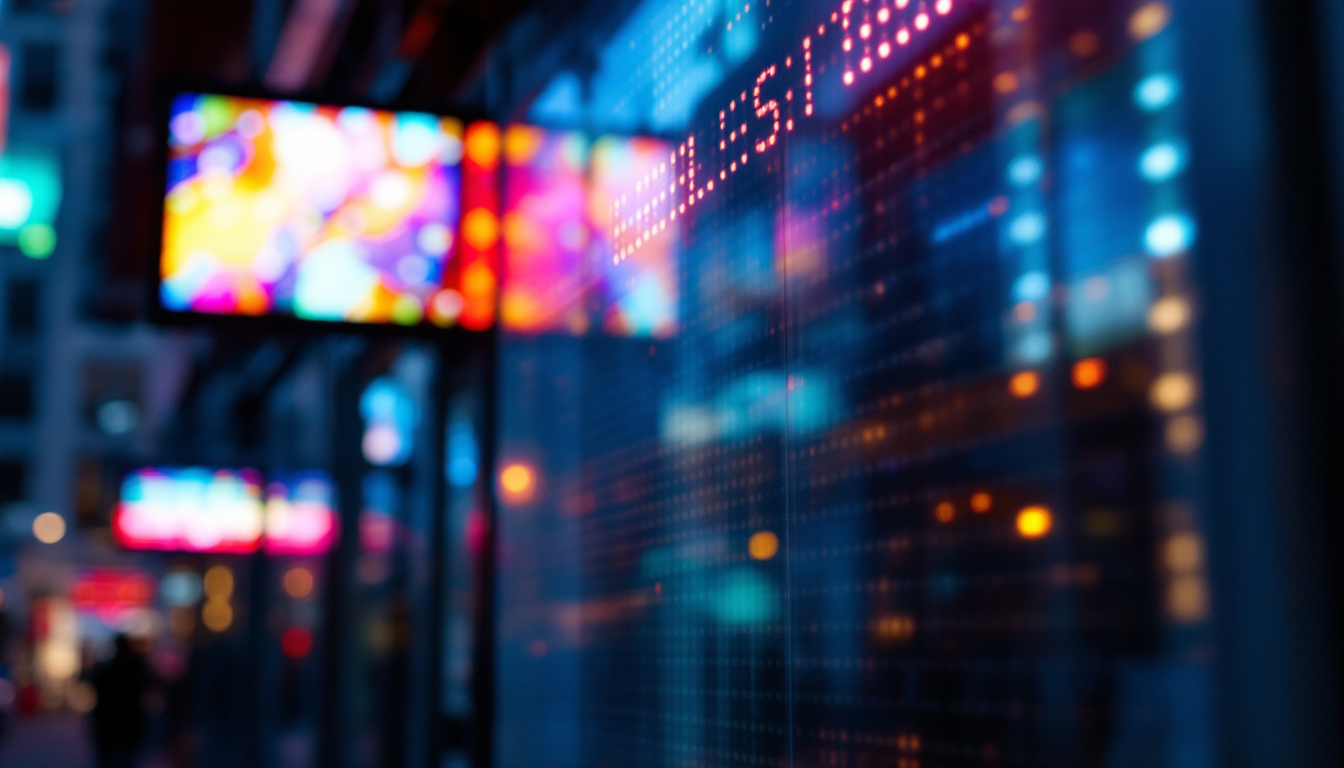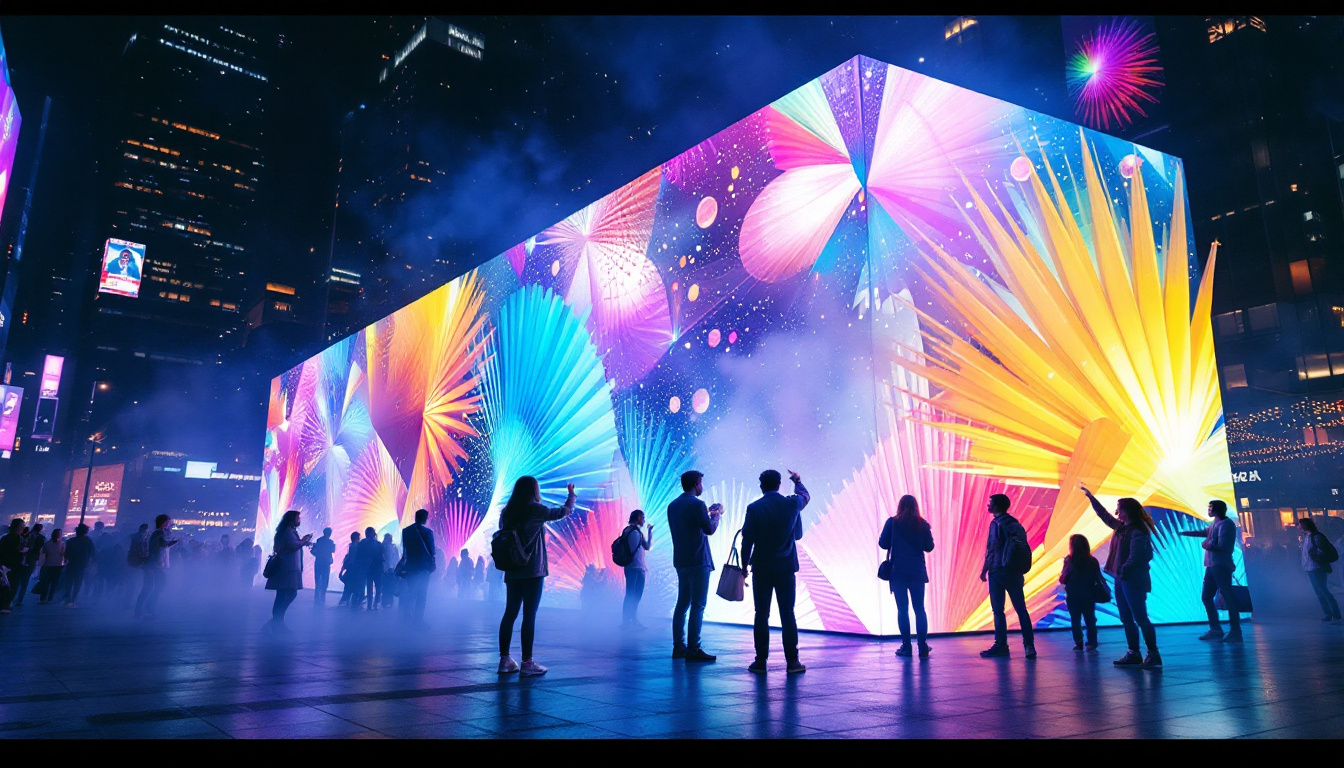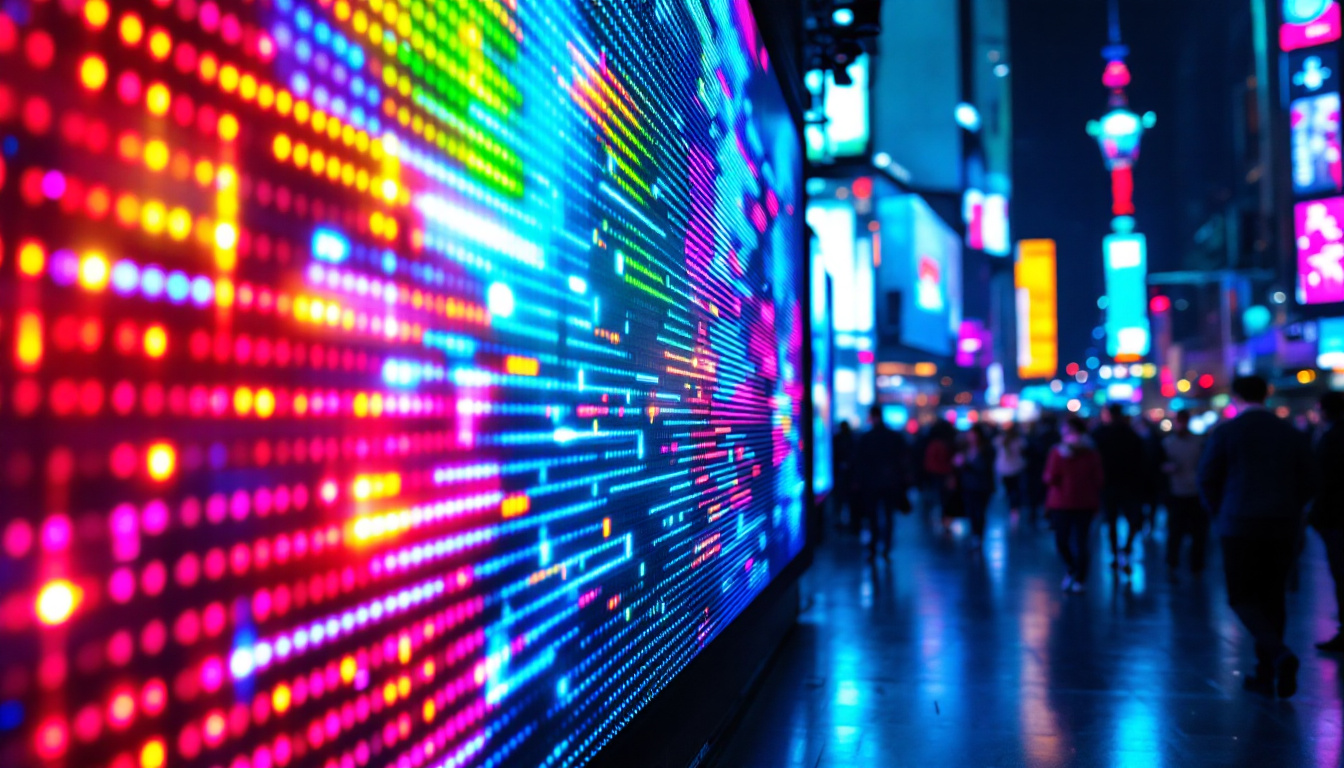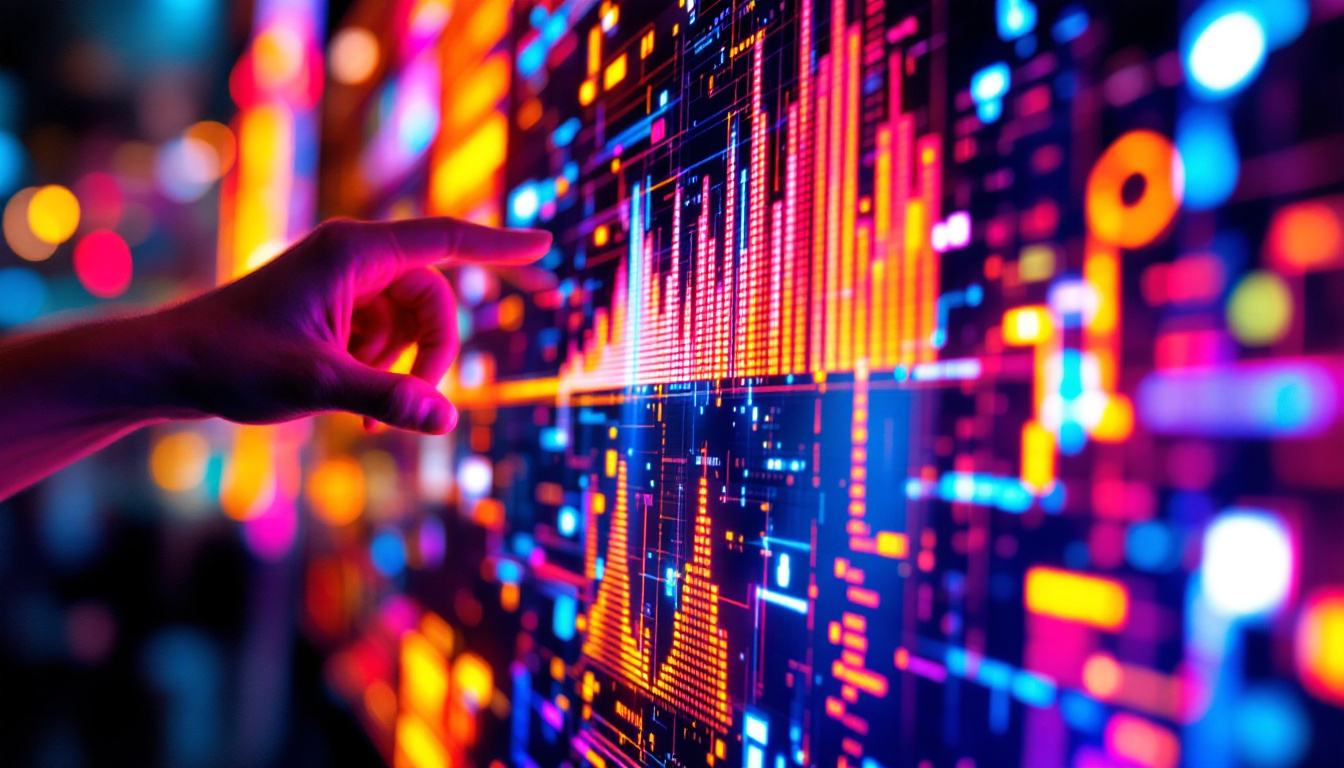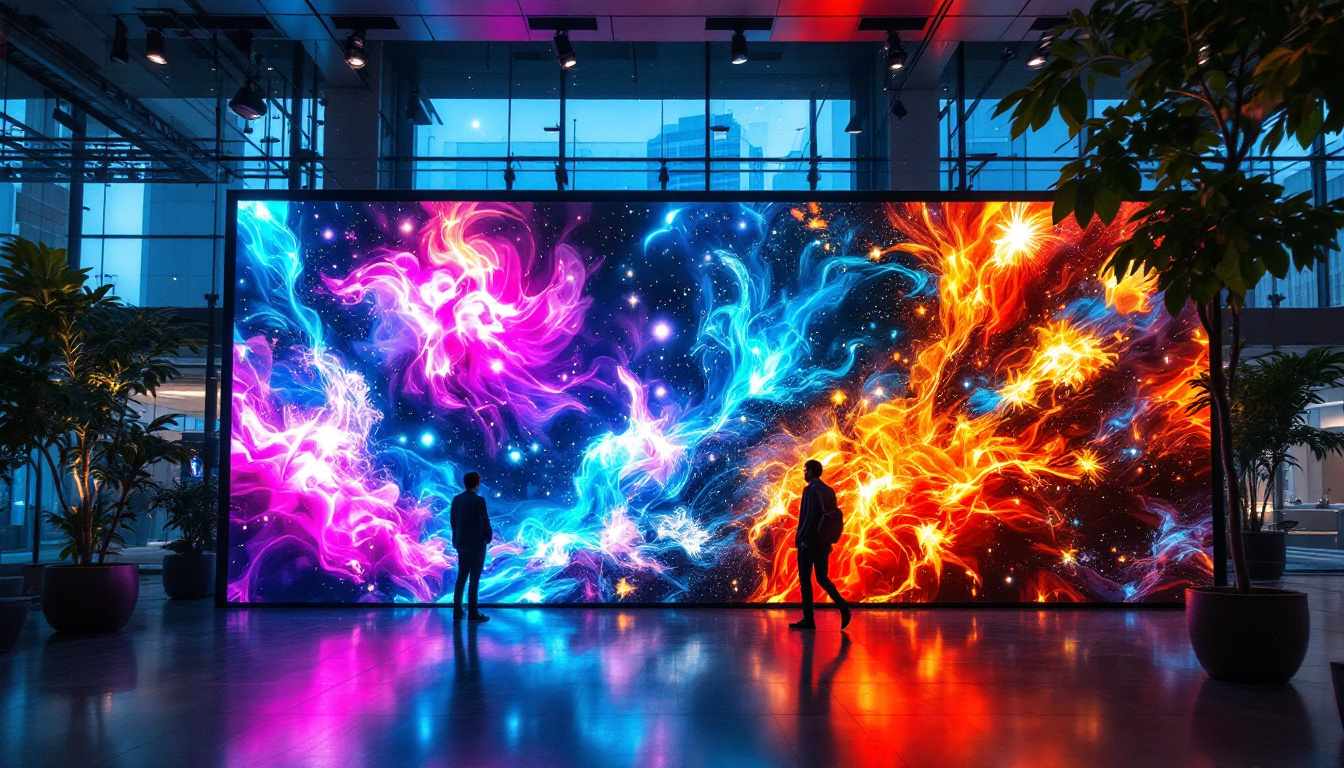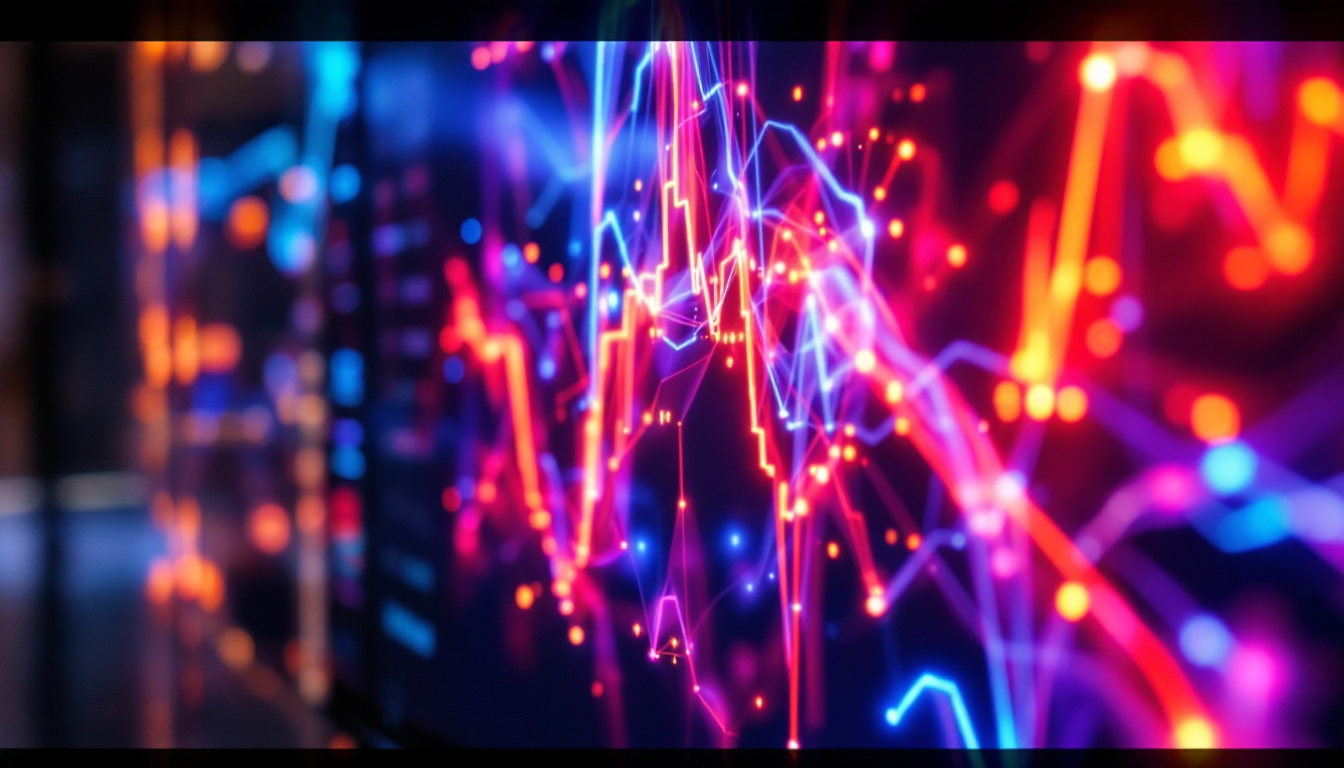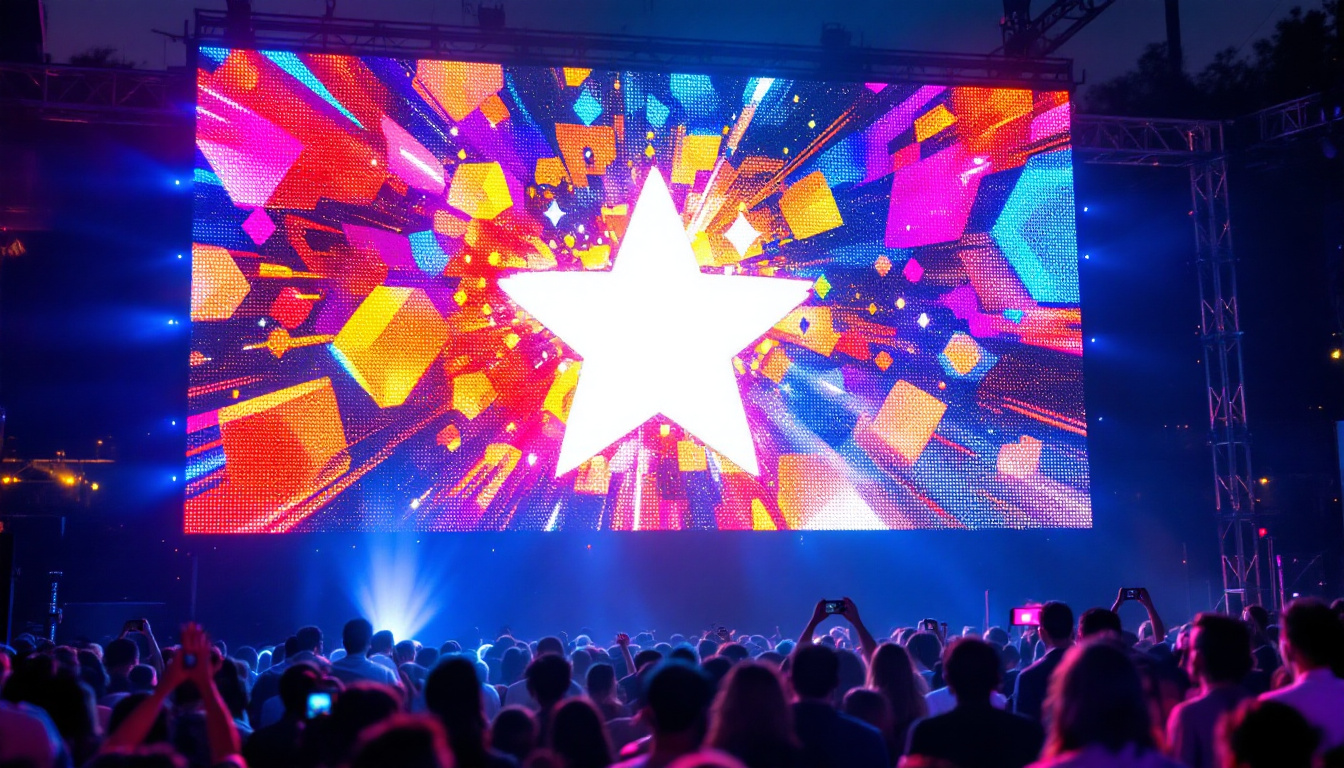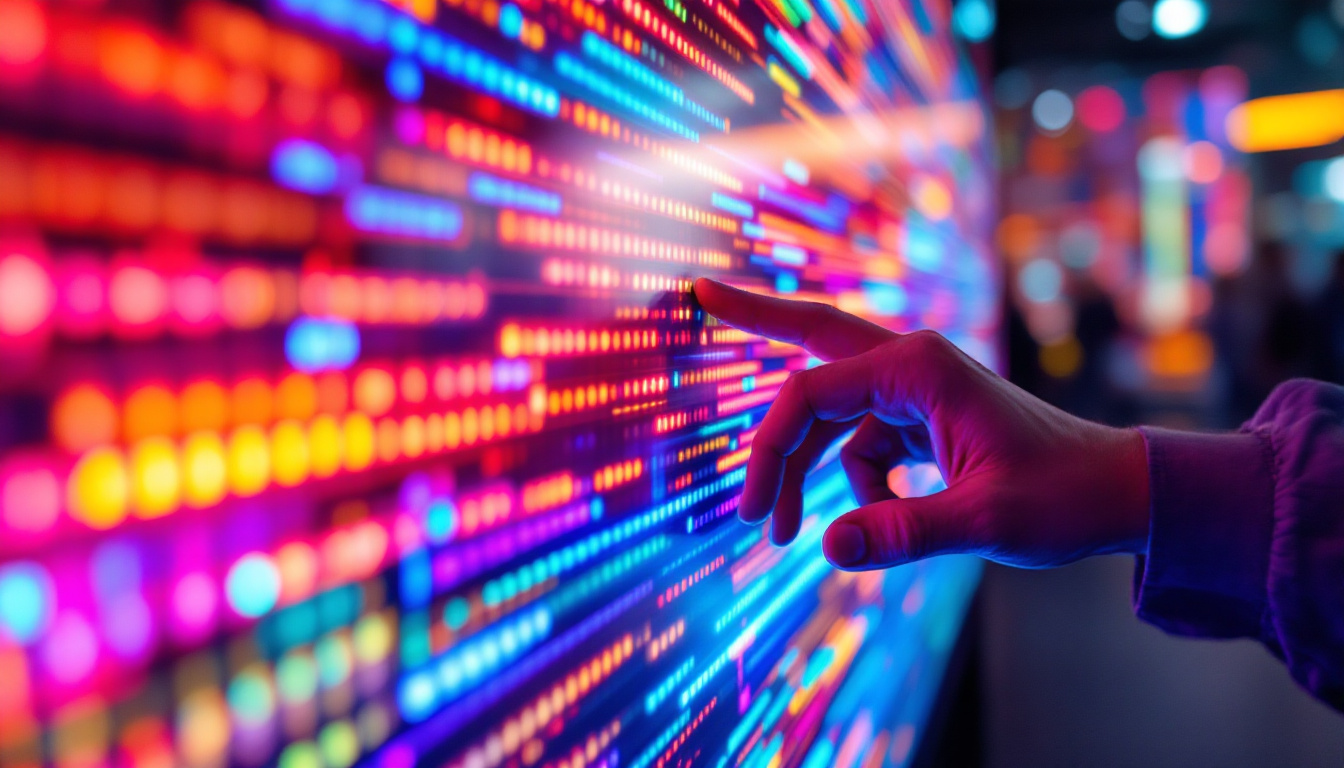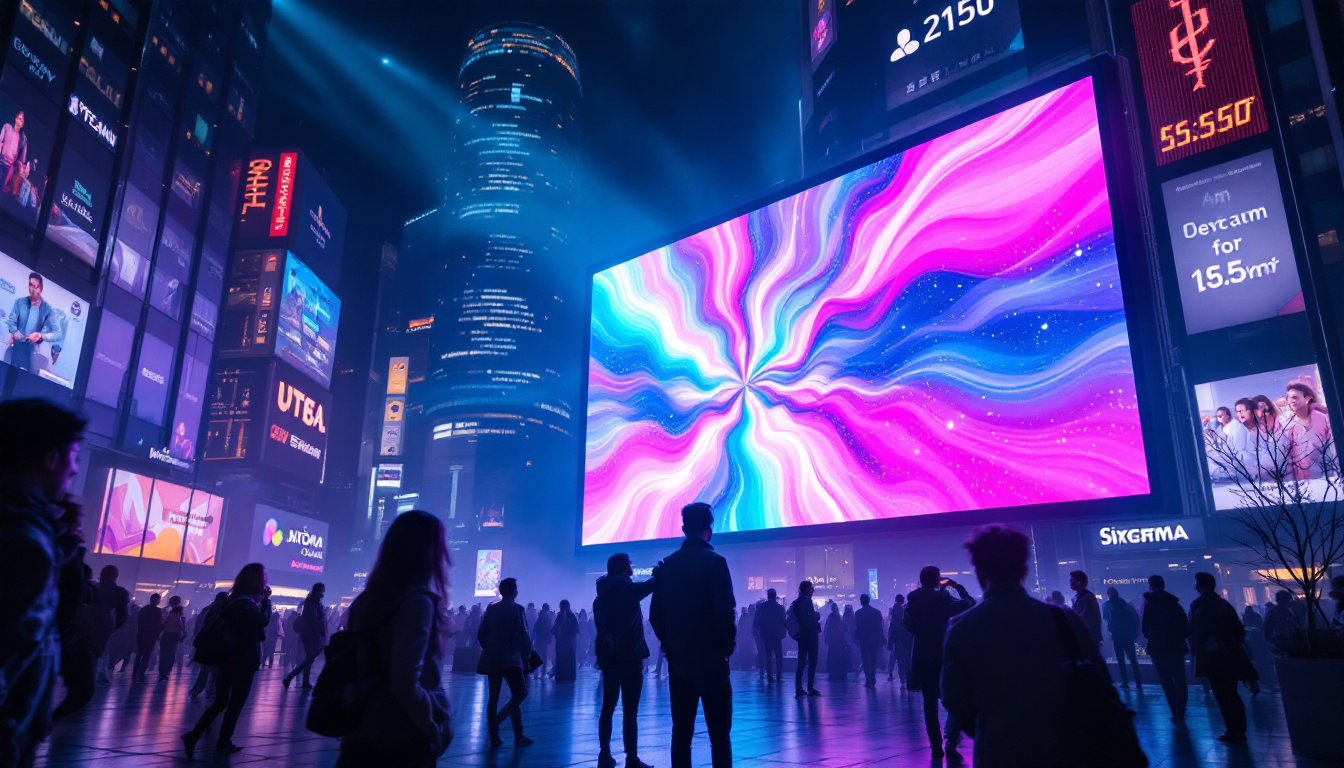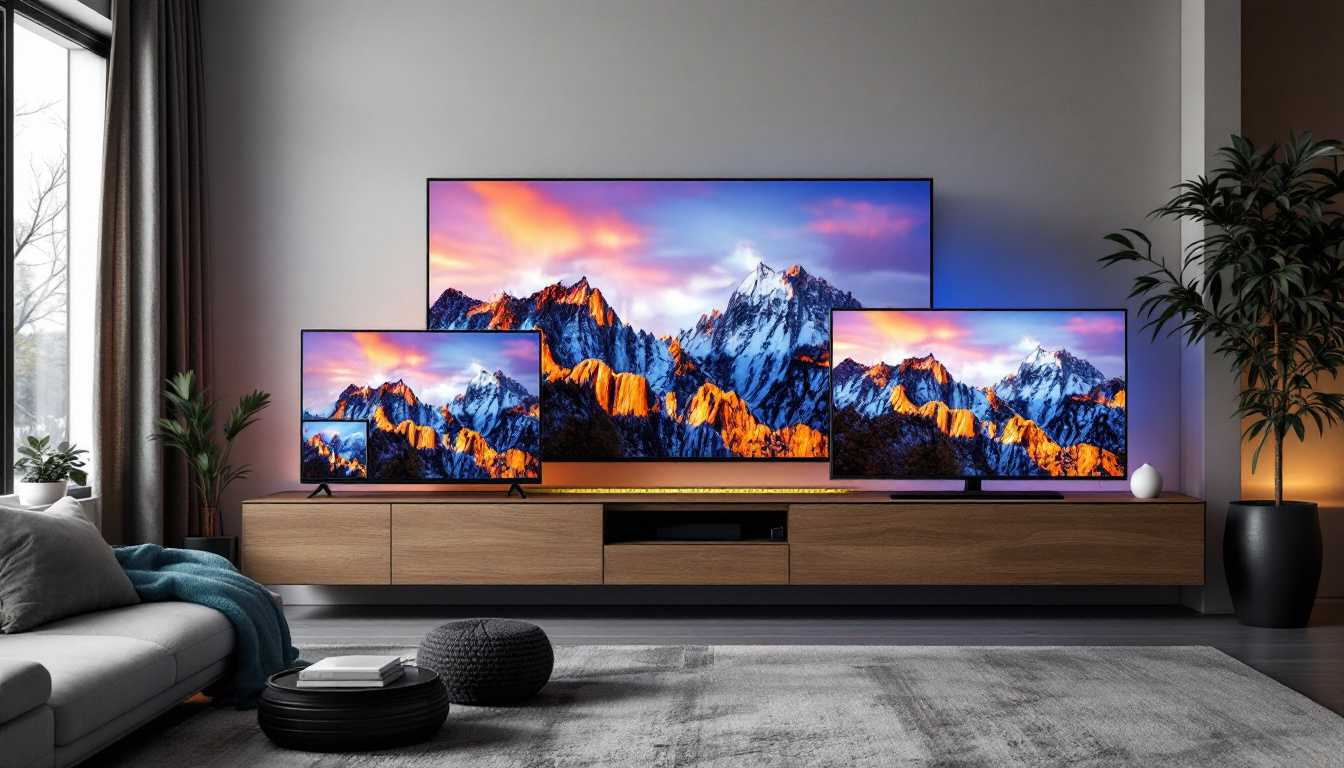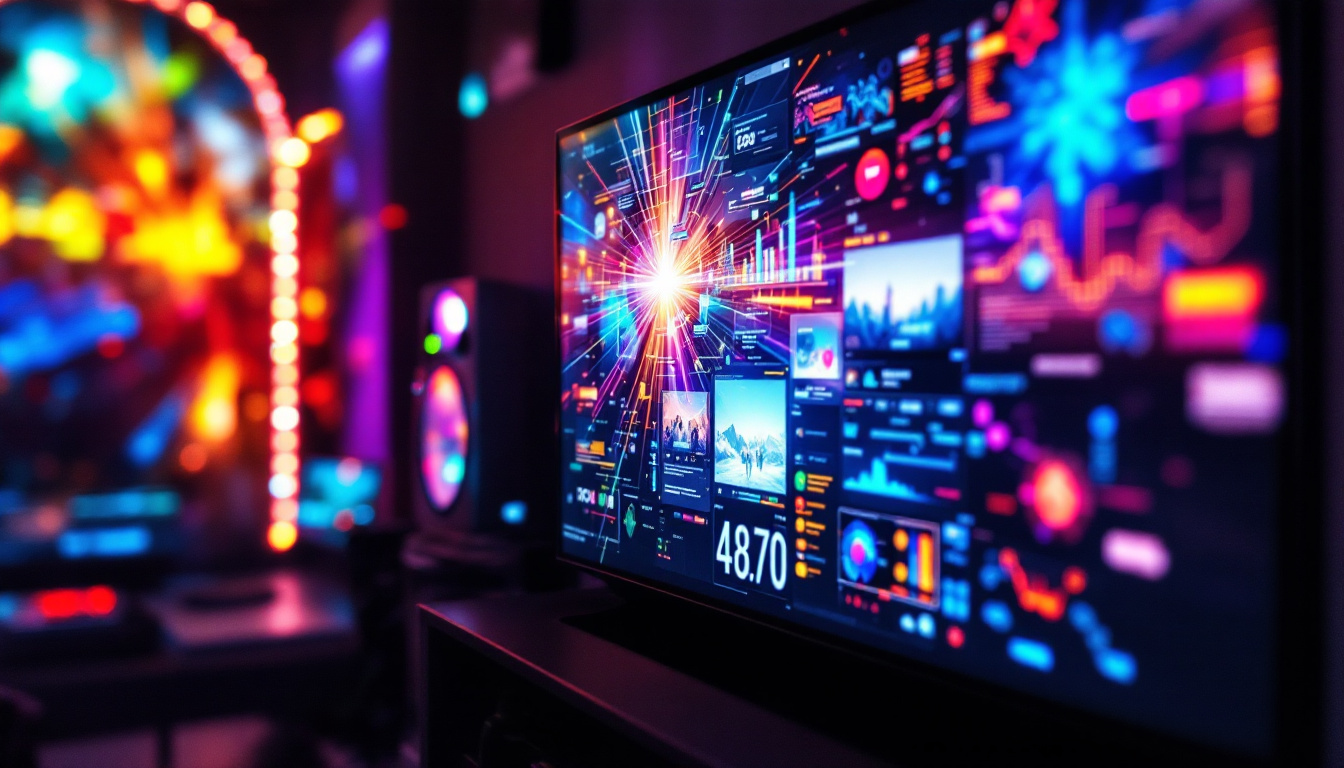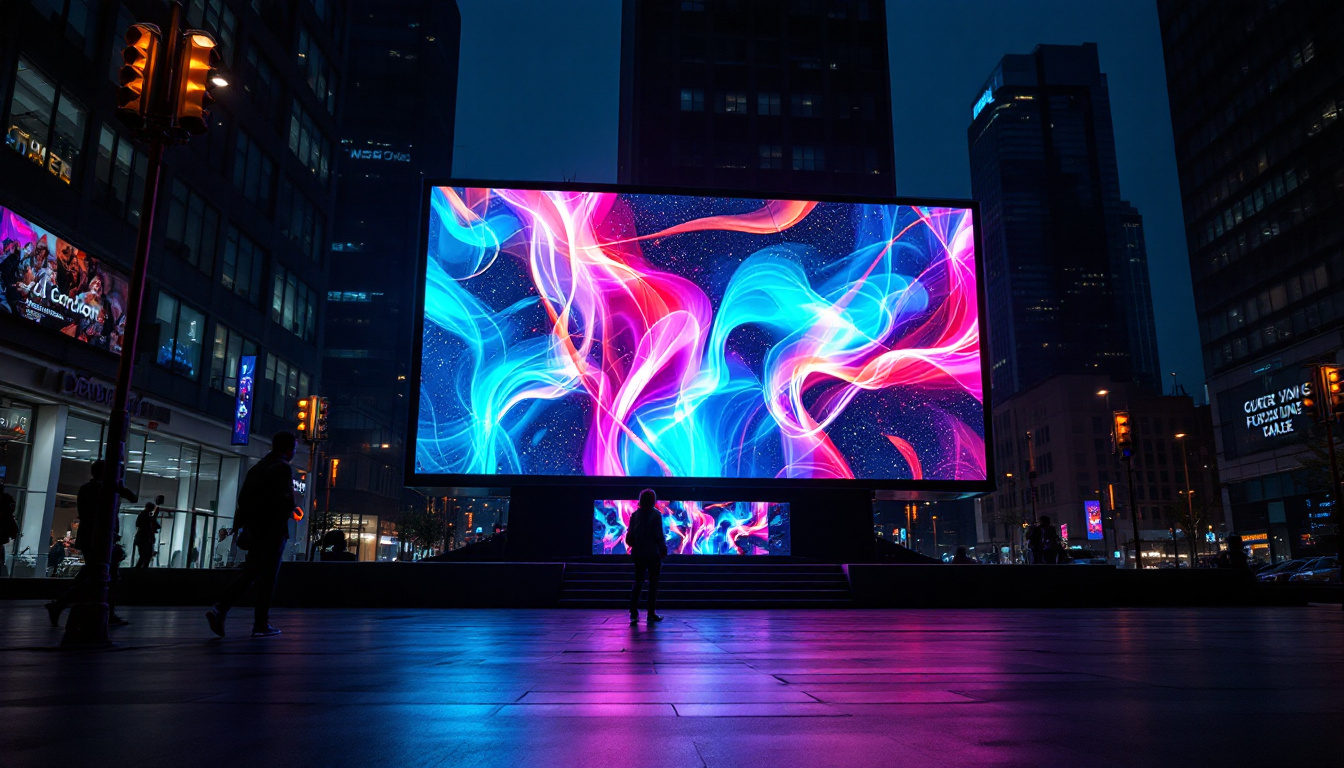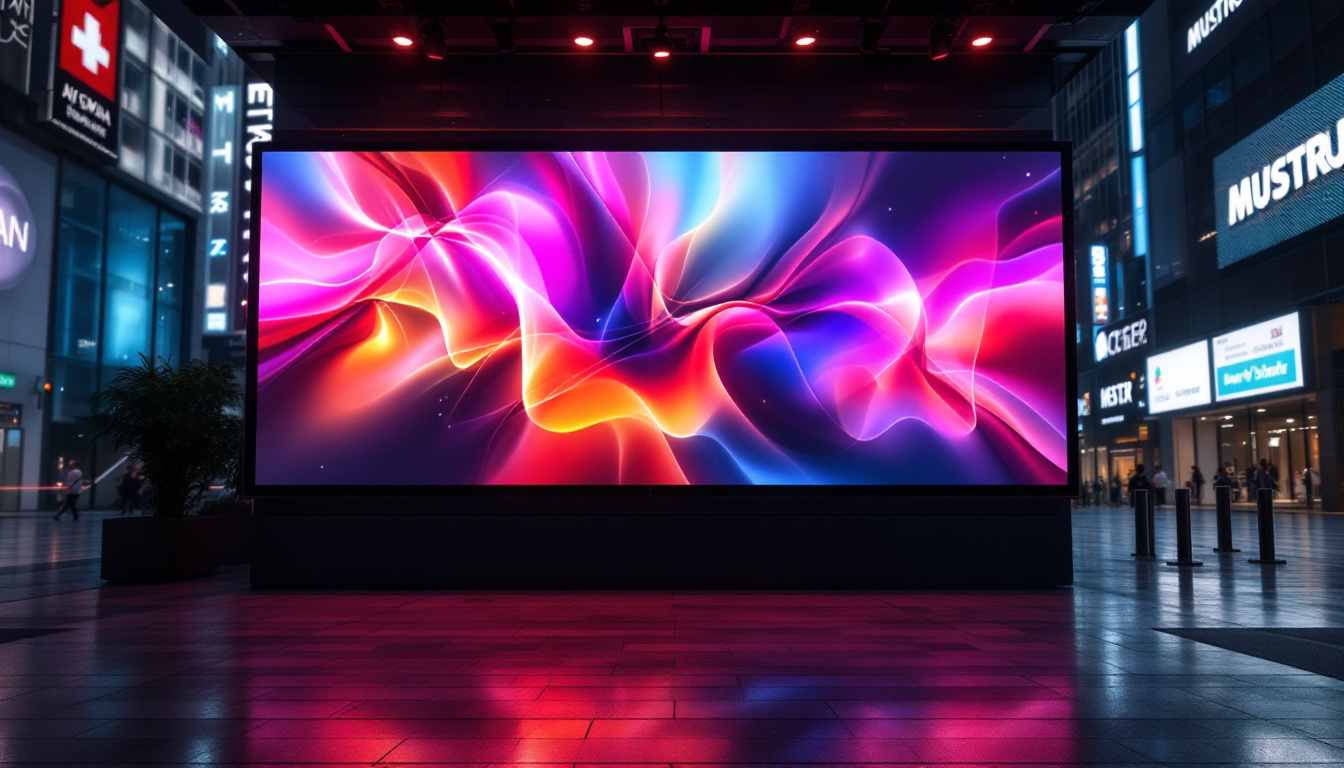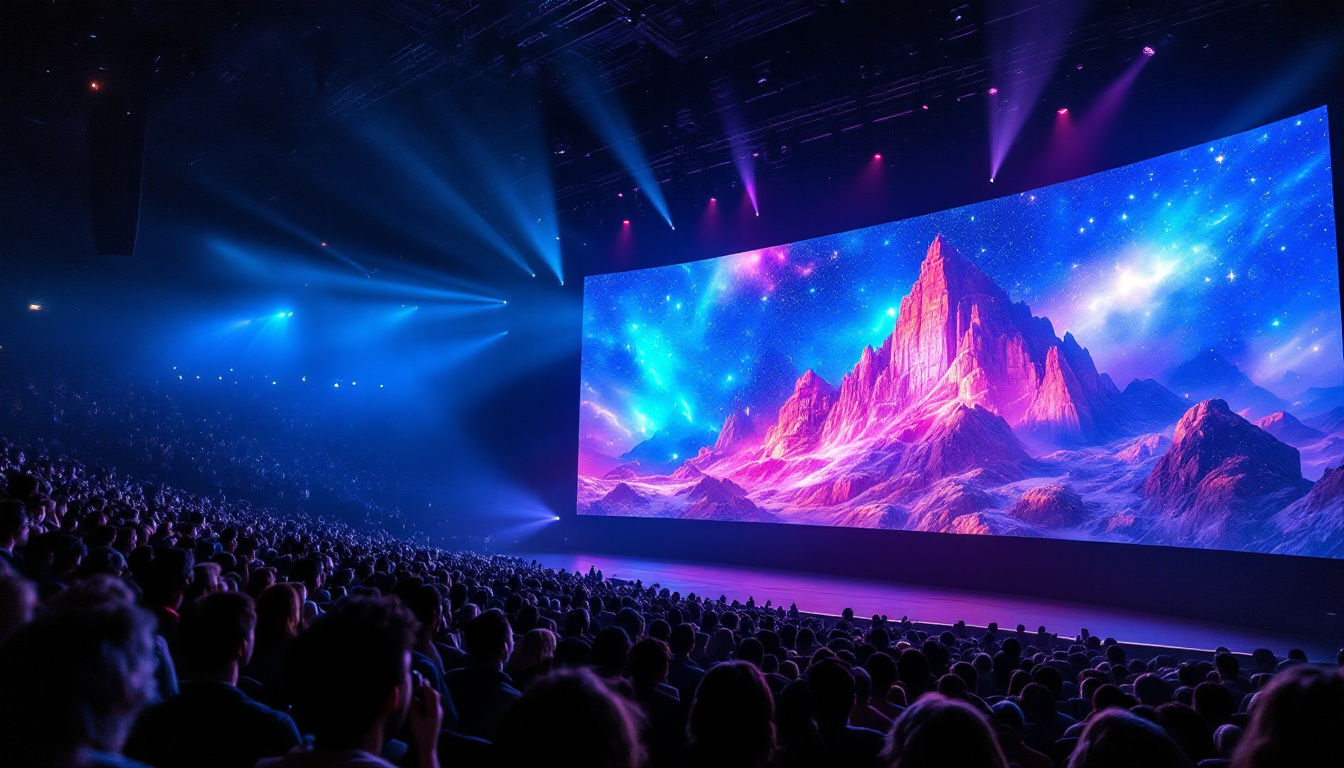In the modern landscape of advertising and information dissemination, commercial LED signs have emerged as a powerful tool for businesses and organizations. These vibrant displays not only capture attention but also convey messages in a dynamic and engaging manner. This article delves into the intricacies of LED displays, exploring their technology, applications, advantages, and future trends.
Understanding LED Technology
LED, or Light Emitting Diode, technology has revolutionized the way information is displayed. Unlike traditional lighting methods, LEDs are energy-efficient, long-lasting, and capable of producing bright, vivid colors. This section will explore how LED technology works and the components that make up an LED display.
How LED Displays Work
At the core of LED displays are tiny diodes that emit light when an electric current passes through them. These diodes are arranged in a grid format, allowing for the creation of images, text, and animations. The combination of red, green, and blue (RGB) diodes enables the display to produce a wide spectrum of colors, making it ideal for vibrant advertising.
The brightness of LED displays can be adjusted, allowing them to be visible even in direct sunlight. This adaptability makes them suitable for a variety of environments, from indoor settings to outdoor billboards. Additionally, modern LED displays can be controlled remotely, making it easy to update content in real-time. This feature is particularly advantageous for businesses that need to change their advertisements frequently or for events that require dynamic messaging, ensuring that the display remains relevant and engaging to viewers.
Components of an LED Display
An LED display consists of several key components: the LED modules, control system, power supply, and housing. The LED modules contain the individual diodes and are typically mounted on a frame. The control system manages the content displayed and can be programmed to change messages at specific intervals. This flexibility allows for creative marketing strategies, such as countdowns to events or special promotions that can capture the attention of passersby.
The power supply ensures that the display receives the necessary voltage and current to function optimally. It is designed to handle fluctuations in power, providing a stable performance that is crucial for maintaining image quality. Finally, the housing protects the internal components from environmental factors such as weather and dust, ensuring longevity and durability. Many modern housings are also designed with aesthetics in mind, allowing them to blend seamlessly into their surroundings while still providing robust protection. This combination of functionality and design is what makes LED technology not only practical but also visually appealing in various applications, from commercial signage to artistic installations.
Applications of Commercial LED Signs
Commercial LED signs serve a multitude of purposes across various industries. Their versatility makes them an attractive option for businesses looking to enhance their visibility and communication strategies. This section will discuss some of the most common applications of LED displays.
Retail Advertising
In the retail sector, LED signs are used to promote sales, new products, and special events. Their bright colors and dynamic content can attract customers’ attention, encouraging foot traffic and increasing sales. Many retailers utilize scrolling text or animated graphics to create a sense of urgency, prompting customers to take action.
Moreover, LED displays can be customized to fit the branding of a store, allowing businesses to maintain a cohesive visual identity. This adaptability ensures that the signage aligns with marketing campaigns and seasonal promotions.
Transportation and Wayfinding
LED displays play a crucial role in transportation systems, providing real-time information to passengers. Bus stops, train stations, and airports use LED signs to display arrival and departure times, delays, and other important announcements. This not only enhances the passenger experience but also improves operational efficiency.
In addition to transportation, LED signs are effective for wayfinding in large complexes such as malls, hospitals, and corporate offices. Interactive displays can guide visitors to their desired locations, reducing confusion and improving navigation.
Event Promotion and Entertainment
LED displays are increasingly used in event promotion, providing dynamic content that captures the essence of the occasion. Concerts, festivals, and sporting events utilize large LED screens to engage audiences with live feeds, advertisements, and information about the event schedule.
These displays can also be used for sponsorship opportunities, allowing brands to showcase their logos and messages to a captive audience. The ability to change content in real-time makes LED displays an invaluable asset for event organizers.
Advantages of LED Displays
The adoption of LED technology in commercial signage comes with numerous advantages. Businesses that invest in LED displays often experience enhanced visibility, improved customer engagement, and increased return on investment. This section will explore the key benefits of using LED signs.
Energy Efficiency
One of the most significant advantages of LED displays is their energy efficiency. Compared to traditional neon or incandescent signs, LED displays consume significantly less power, which translates to lower electricity bills. This energy efficiency not only benefits the environment but also aligns with the growing trend of sustainability in business practices.
Furthermore, the longevity of LED technology means that businesses can save on maintenance and replacement costs. With a lifespan of up to 100,000 hours, LED displays can operate for years without requiring significant upkeep.
High Visibility and Impact
LED displays are known for their exceptional brightness and clarity, making them highly visible even in bright daylight. This high visibility ensures that messages reach a wider audience, maximizing the impact of advertising efforts. The ability to display vibrant colors and animations further enhances the appeal of LED signs, making them more engaging than static displays.
In addition, the dynamic nature of LED content allows for creativity in advertising. Businesses can utilize animations, videos, and interactive elements to capture attention and convey messages effectively.
Flexibility and Customization
LED displays offer unparalleled flexibility in terms of content management. Businesses can easily update messages, change graphics, and adapt to seasonal promotions without the need for physical alterations to the signage. This flexibility allows for timely communication with customers, ensuring that information is always relevant.
Customization options are also abundant, with various sizes, shapes, and configurations available. Whether a business requires a small indoor display or a large outdoor billboard, LED technology can be tailored to meet specific needs.
Challenges and Considerations
While the benefits of LED displays are substantial, there are also challenges and considerations that businesses must keep in mind. Understanding these factors can help organizations make informed decisions when investing in LED signage.
Initial Investment Costs
One of the primary challenges associated with LED displays is the initial investment cost. While prices have decreased over the years, high-quality LED displays can still require a significant upfront expenditure. Businesses must weigh this cost against the long-term benefits and potential return on investment.
To mitigate this challenge, organizations can explore financing options or consider leasing arrangements. This approach allows businesses to spread out costs while still benefiting from the advantages of LED technology.
Regulatory Compliance
Another important consideration is regulatory compliance. Many municipalities have specific regulations regarding the use of digital signage, particularly in terms of brightness, motion, and content. Businesses must ensure that their LED displays adhere to these regulations to avoid fines or legal issues.
Conducting thorough research and consulting with local authorities can help businesses navigate these regulations effectively. Additionally, working with reputable LED display providers can ensure that the signage meets all necessary compliance standards.
Future Trends in LED Signage
The future of LED signage is bright, with ongoing advancements in technology and design. As businesses continue to seek innovative ways to engage customers, LED displays are likely to evolve further. This section will explore some emerging trends that are shaping the future of commercial LED signs.
Integration with Smart Technologies
As smart technologies become more prevalent, the integration of LED displays with IoT (Internet of Things) devices is on the rise. This integration allows for more sophisticated content management, enabling businesses to tailor messages based on real-time data such as weather, traffic conditions, or customer demographics.
For instance, a retail store could adjust its promotions based on the time of day or the number of customers present, enhancing the relevance of its messaging. This level of customization can significantly improve customer engagement and drive sales.
Advancements in Display Quality
With advancements in LED technology, display quality is continually improving. Higher resolution displays are becoming more common, allowing for sharper images and more detailed graphics. This trend is particularly important for businesses that rely on visual storytelling to capture customer interest.
Additionally, innovations such as flexible LED displays are emerging, enabling businesses to create unique shapes and configurations that were previously impossible. This flexibility opens up new creative possibilities for signage design.
Sustainability Initiatives
As sustainability becomes a priority for many organizations, the LED display industry is also focusing on eco-friendly practices. Manufacturers are increasingly adopting sustainable materials and production methods, reducing the environmental impact of LED signage.
Furthermore, businesses are encouraged to recycle old LED displays and components, promoting a circular economy. By prioritizing sustainability, companies can enhance their brand image while contributing to environmental preservation.
Conclusion
Commercial LED signs represent a dynamic and effective medium for communication and advertising. With their energy efficiency, high visibility, and flexibility, they offer numerous advantages for businesses across various industries. However, organizations must also consider challenges such as initial costs and regulatory compliance when investing in LED signage.
As technology continues to advance, the future of LED displays looks promising, with trends such as smart integration, improved display quality, and sustainability initiatives shaping the landscape. By embracing these innovations, businesses can leverage LED signage to enhance their visibility, engage customers, and drive growth in an increasingly competitive market.
Discover LumenMatrix’s Innovative LED Display Solutions
Ready to elevate your advertising and communication strategies with cutting-edge LED technology? LumenMatrix is at the forefront of LED display innovation, offering a wide array of solutions tailored to your unique needs. From Indoor and Outdoor LED Wall Displays to specialized options like Vehicle, Sports, and Floor LED Displays, we have the tools to transform your visual presence. Embrace the future with our Custom, All-in-One, and Transparent LED Displays, designed to captivate your audience and amplify your message. Don’t just take our word for it; check out LumenMatrix LED Display Solutions today and see the difference for yourself!

